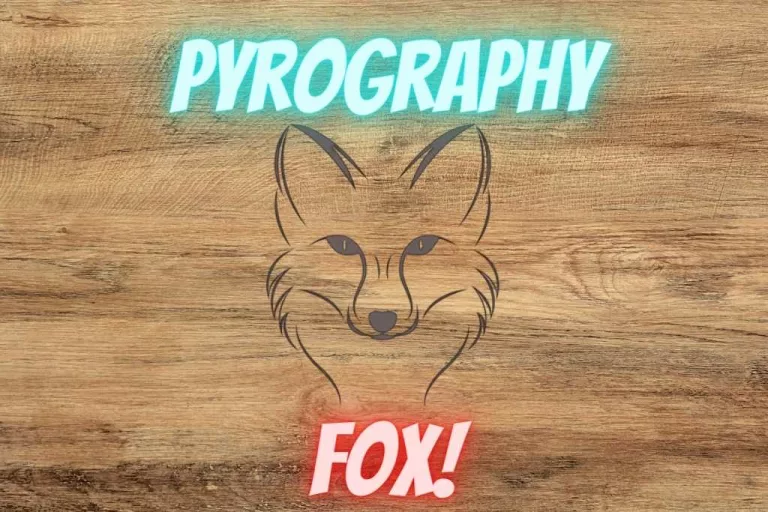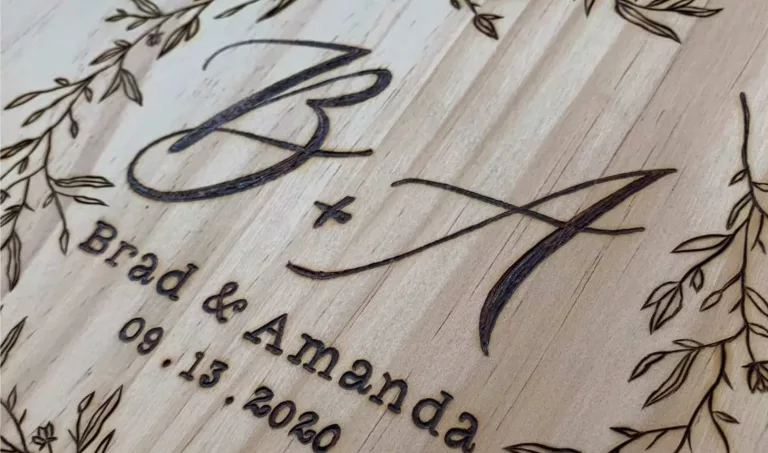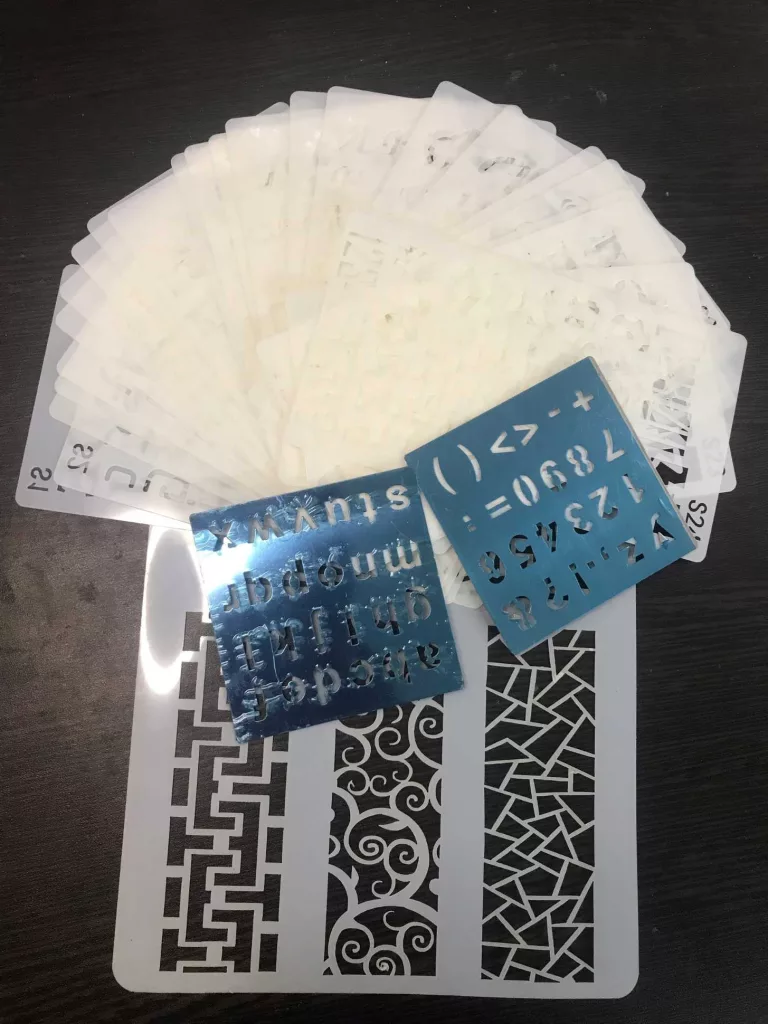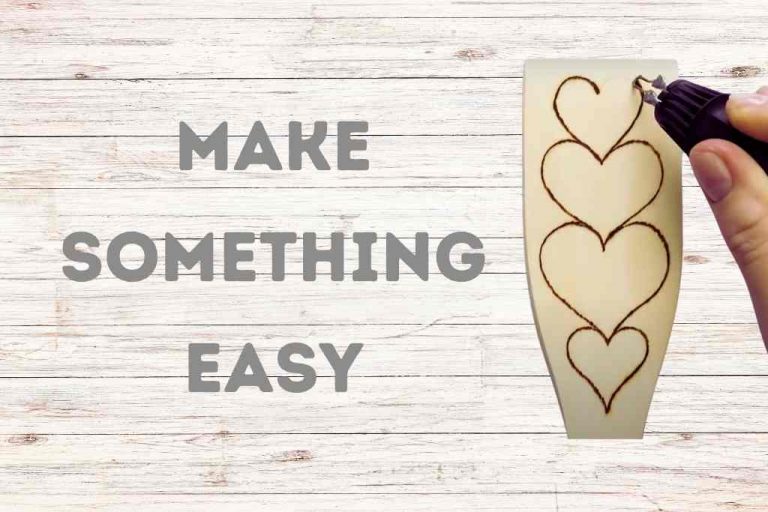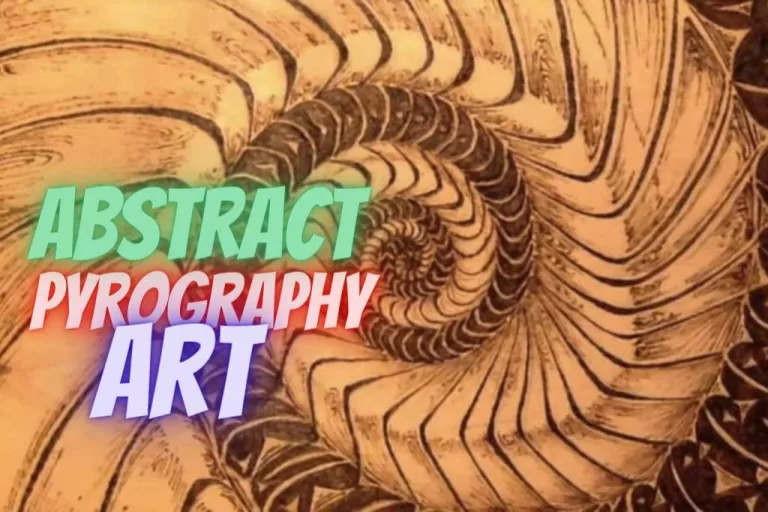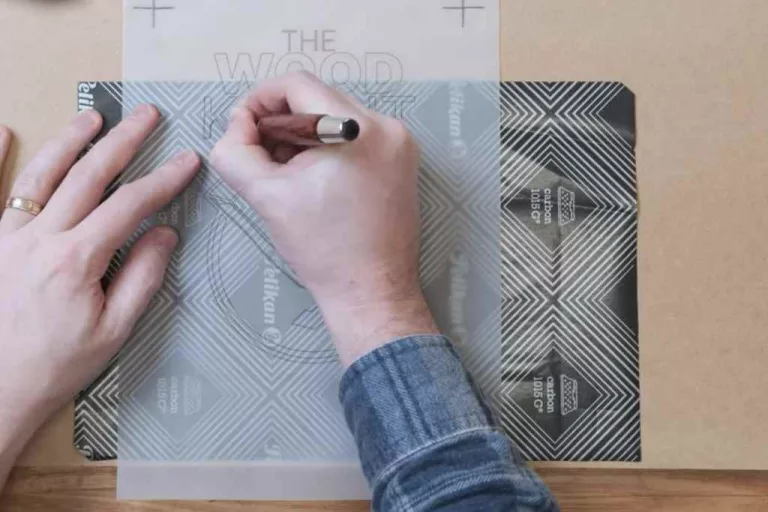Worst Wood for Pyrography: Avoid At All Costs!
You really should know about the worst wood for pyrography. In the course of practicing pyrography, you’ll need to pick up many essential tidbits of knowledge. Even if they seem trivial, these little bits of information might even save your life and health. You really should know about the worst wood for pyrography.
I get it, I do– pyrography is a hobby for the bold and the brave. Each project brings a new adventure to the beginner pyrographer’s doors. But no matter what new methods, tools, or medium you use, there are some woods you never should touch with your pyrography pen.
What are those woods? And what’s the worst of them all?
Viewpoint 1: Green Wood or Seasoned Wood
The worst wood, in my humble opinion, is green wood ( which has recently been cut, still there is moisture inside, not yet seasoned). Now that you know the what, you might also want to know the why. Let’s dive a little deeper into the subject.
Green wood – avoid at all cost
Do you remember when we listed out the best and worst woods to burn and the qualities of woods bad for pyrography? Well, let’s rehash some basic features or the worst woods.
- First, don’t burn wood which would emit a lot of smoke, especially toxic fume
- Second, don’t burn any wood that might be poisonous
- Third, don’t burn anything that was chemically treated
Green wood falls into that first category. It’s the wood of a tree that was felled recently, and the moisture content in it is very high because the wood has had no chance to dry.
How might you come across green wood? Let’s say your family or you cut down a tree in your backyard, and the cut pieces of the tree look so artistic that you decide to try out your pyrography pen on one of them. What’s the worst that could happen?
What would happen is that because there’s so much water and sap in that wood, it would immediately smoke profusely once you touch the pyrography pen to it. Not only would you not get a good project out of it, but the smoke could also be hazardous for you.

How burning green wood can harm you
First of all, do you know what the green wood is that you’re burning? Wood from an unknown tree could contain poison in it, making the fumes from burning it potentially fatal.
Next, you must know that all the best woods for pyrography emit very little fumes when burned. The sap from them, while low in content, still do cause allergic reactions in some people. So green wood, laden with sap, has more potential to cause reactions like that.
What are the reactions you need to look out for? Keep an eye out for itching, discomfort, or rash on your hands after you handle the wood. Moreover, if you inhale the fume from it while using a pyrography pen, you might feel discomfort in your nose, mouth, throat, and even eyes.
The discomfort is a sign that something is wrong, and you should seek medical help.
Viewpoint 2: From The Woods Thought Dry In General
When it comes to woodburning, the first thing to consider is the wood you want to burn on. Naturally, you want to figure out the types of wood that work the best for you. On that note, it is also important to know the woods to avoid.
However, you will find that everyone has their own opinions about problematic woods. So we have compiled a list of wood that pyrographers want to stay away from. Here are 10 different kinds of wood that pyrographers named the worst wood for wood burning.
What Are The Bad Quality Woods And Why
Pine
Pine is very commonly used for pyrography. It’s cheap, readily available, and has a light color that serves as a perfect contrast to scorch marks. So you might wonder why it’s on a list of woods to avoid. The simple answer is high sap content.
- Pine is a softwood that is saturated with resin or sap. So during burning, the sap creates a large quantity of fumes that are harmful to the body.
- Indoor burning of pine is highly inadvisable. The work area needs to be well-ventilated to be safe to work on this wood.
- You might need to set your burner to high heat to burn properly. It is said to take twice as long to burn something on pine than on better woods.
- Under high heat, the sap sometimes bubbles up and forms sticky spots.
- Yellow pine is significantly harder to burn than white pine.
- It can get tough to burn through due to the rough grain.
- The burning is smooth on the lighter parts. But the darker areas are generally more resinous and require more effort. This gives a peak and trough for the burn pattern along the wood rings.
- The sap also tends to jam up the burner really easily, so it needs to be cleaned more often.
Here’s what an expert says on this.
I am giving here the same link again – https://www.youtube.com/watch?v=jNrjSJ8r_SU, for you to save and watch later on.
Ash
Ash is a type of hardwood that is pretty similar to pine in terms of grain. It contains less sap and consequently creates less fumes. It also has a nice color. And yet –
- The burner needs a high heat setting to work smoothly on Ash wood.
- The grain is rough and uneven, making the wood hard to work on.
- Some parts are easy to burn and some parts are not. So, the overall process is not smooth.
- It takes much longer to finish a project on this wood than on most other woods.
Oak
Oak is a hardwood available at most wood shops and is one of the safer woods to work on. It generally has no sap to worry about, and the burner moves smoothly on the surface. But we heard far more complaints about it than praises, mostly due to the grain.
- The grain is uneven, making it time-consuming to work on.
- The grain is distinct and visible, often distorting the burned design.
- You need to plan the pattern very carefully to blend the grain lines.
- The dense areas of the wood need high heat to burn.
- There are also soft grain streaks that burn too easily. So you need to alter the burner settings constantly to avoid accidental charring.
- The color is relatively darker than other woods popular for pyrography.
- Oak is a relatively expensive wood.
Bamboo
Bamboo is a fun wood to do pyrography on. It is commonly available in most regions and is quite safe to burn. So what are the problems?
- Most bamboo pyrographies are done on curved surfaces, which can get difficult to manage.
- Burning on this wood requires more focus and finesse than on other woods.
- It has a strong fibrous texture that is not suitable for beginners.
- In fact, the process of burning on bamboo can be challenging at any skill level.
- A lot of bamboo wood surfaces already have finishing on them, so burning them releases oil and fumes.
Redwood
- It is a very oily wood with lots of sap.
- As is the case with sappy woods, burning it creates fumes and raises health concerns.
- There are usually many red spots and lines on the surface.
- Redwood is not commonly available for purchase.
- It is relatively expensive due to low availability.
Driftwood
- Driftwood is saturated with sea salt. Heat causes it to have a chemical reaction, which is said to release cancer-causing elements.
- The fumes resulting from burning on driftwood are extremely harmful.
- The wood piece can be unexpectedly brittle or hollow in parts.
Plywood
- Plywood is chemically treated in general. So burning on it would release toxic fumes.
- Accidentally burning through the top layer will allow the burner to reach the glue layer. It would release even more waves of toxic fumes.
- There are many types of plywood, with their own set of characteristics.
- Since it is thin and hard, it is very susceptible to water damage.
Oleander
- Every part of this shrub is poisonous.
- Due to the natural poison in the wood, burning on it releases toxic fumes.
- There is also a risk of releasing the poison into the air.
Mexican Pepper
- The bark of this plant contains a toxic oil called urushiol that causes rashes and allergic reactions.
- As with Oleander, burning it releases harmful toxins in the air.
Poison Ivy/ Sumac/ Oak
- Avoid any wood with the word ‘poison’ in its name.
- These plants contain urushiol (an oily mixture of hydrocarbons/ organic substance with allergenic properties found in plants of the family) which creates rash on skins and inner surface of the lungs
- Burning on it is harmful even with safety gears on.
The verdict
While I say green wood is the worst, you might have a different opinion. I can easily name a bunch of woods bad for pyrography right off the top of my head, and you might pick one of them as the worst. Of course, a particular wood may perform worst for a special type of pyrography. Like if the wood is soft and the art is requiring heavy burn, that wood must be avoided by all means. I covered both the perspectives in this article.
My article on the 15 Choices for the Best Wood for Pyrography might give you a reverse insight. You can also check it out for the fun of it and then choose your next pyrography medium. Happy burning!
Additional Resource
FAQs
What wood burns with the least smoke?
Oak, ash, hickory, maple, and similar wood burn with the least smoke.
What happens if you don’t dry wood?
If you don’t dry the wood before pyrography, it will cause more smoke and build up creosote that will stack on the pen tip.

